Spotlight on Mike Davis
Mar 28, 2012
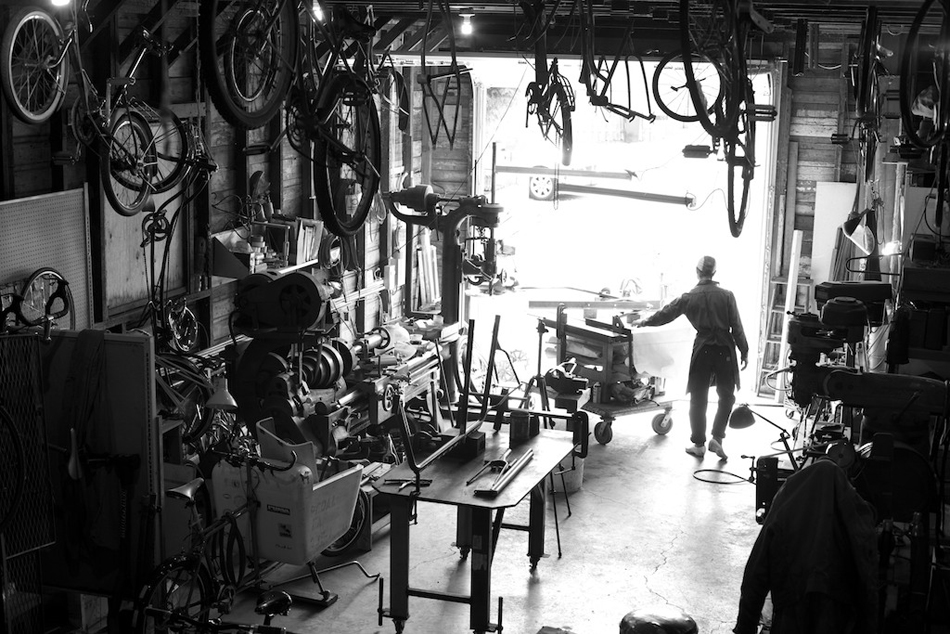
TID:
Mike, thanks for taking the time to speak with us. Please tell us about the image's context, background, the assignment, etc.
MIKE:
While living in Portland, Oregon, I worked on several bicycle-related projects, including trying to photograph 30 or so people who make bikes by hand in the area. Some sessions were assignments and some were self-initiated. The main image features Jamie Nichols, half of the team that runs Metrofiets Cargo Bikes (Phillip Ross is the other half). Jamie builds the bikes, Phillip handles marketing and sales. In all, I photographed 20 builders before we moved from Portland to Syracuse, NY, this winter. So I didn't get to finish the work as I had conceived it: an essay about this amazing group of people who craft at least some of their livelihoods by working with steel and wheels.
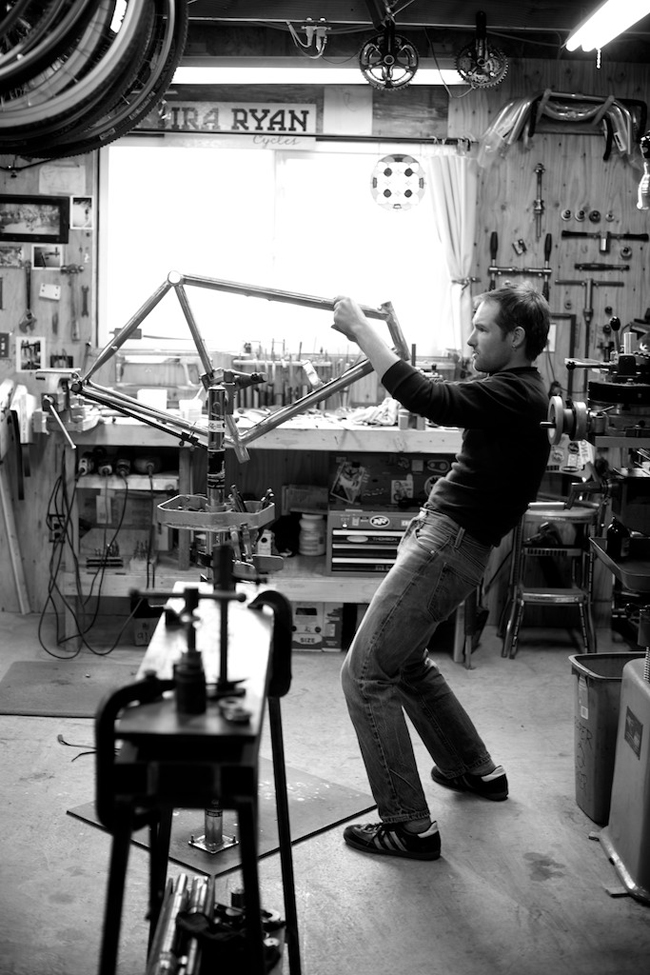
TID:
When coming up with concepts or an outline for multiple-image projects, what are some of the aspects you look for? Is there a formal thought process where you work out the potential pluses or pitfalls in an upcoming series?
MIKE:
I wrote a blog post about this on my site that will have more detail. The short answer is I try to reach a point where I have a title for the project in mind. Reaching the title requires understanding the subject, including learning whatever there is to learn and figuring out larger themes derived from assessing the informational and impressionistic aspects of the subject. The larger themes usually point to what the focus, or story line, of the subject can be.
TID:
Since we are discussing a body of work, can you describe what was going on in your mind for the images as they took shape, and then what you were thinking when you made the images?
MIKE:
In an essay about many people, the challenge is getting the work to hold together as a group. I would approach similar aspects of each builder alike, so that what was similar and what was different about each one would be clear. With each session I also sought a wild card perspective, saying something that is unique to the individual.
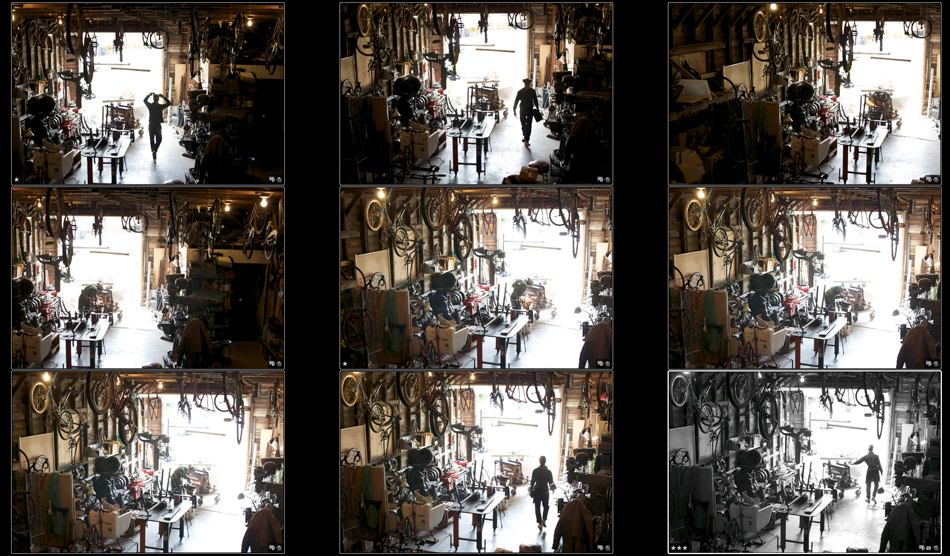
MIKE:
As with all the builders, the goal in the main image was to convey both what their space is like and a sense of their character - in one photo. I tried a bunch of approaches and was telling Phillip that I just couldn't incorporate the collection of hanging bikes well. He asked if a 16-foot ladder would help. Uh, yes.
Everything in their shop is bigger than in most hand-built settings, so the height helped play on that scale. And although Jamie makes these beefy bikes, he's got a very gentle nature. There's a nearly finished frame on the table in the foreground and another that was being shipped the next day to the left of that table. The lathe on the left side of the frame came off of a Navy ship.
Incorporating a moment that completes the composition in such a broad perspective is the toughest part. I waited on top of the ladder for things to fall in place as Jamie went about working the frame. The shape of his right hand and the perfect lifting of his right foot are what make this frame work - it's always the smallest things in the frame that hold the whole frame together.
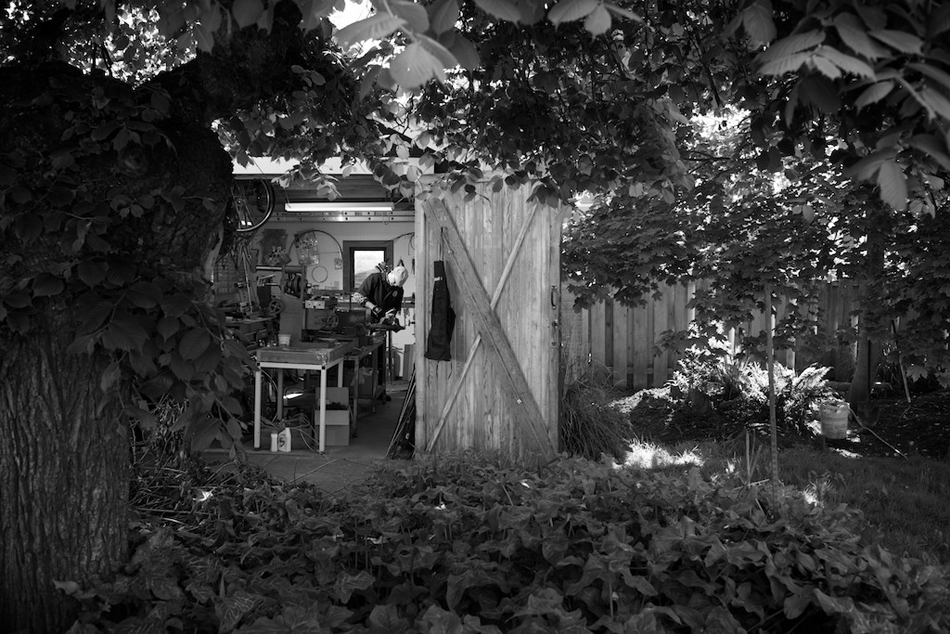
MIKE:
Aaron Hayes (pictured above) made bicycles under the name Courage out of his backyard garage. Showing the shop's setting, as this one does, was the most difficult type of photograph to make interesting - but without this view, I think the body of work would fall flat.
My goal is always to convey a quality, regardless of what the photograph literally shows. Learning from the subject and making an informed impression that guides the making of the photograph are the keys to going beyond literal photos.
Aaron is this amazing guy. He restores Eames Furniture, sells rare books, he lives a life secluded in the past to some degree. Everything he does is tied to elements: wood, steel and paper. So I wanted him to exist in his natural setting, as an extension of where he builds bikes. He's nestled in the frame. I built the frame from the furthest point outward and included enough of the setting. I also had to elevate ambient light in the shop, using a pocket wizard equipped strobe clamped to a rafter.
TID:
It doesn't sound like you are using the familiar photojournalist vocabulary of "moment" or "mood" here. Can you discuss what you mean by "conveying a quality?
MIKE:
The gist is that a photo will be no more than you set out to make it. If the goal is to show something happening (with an emphasis on the happening) then it will just be a verb photograph. Whatever you photograph you’ll approach the making of the image similarly because the reason for the photo’s existence doesn’t change. Instead, if the goal is to convey a quality (an adjective or adverb) of what you’re photographing, then every situation requires a unique photographic approach.
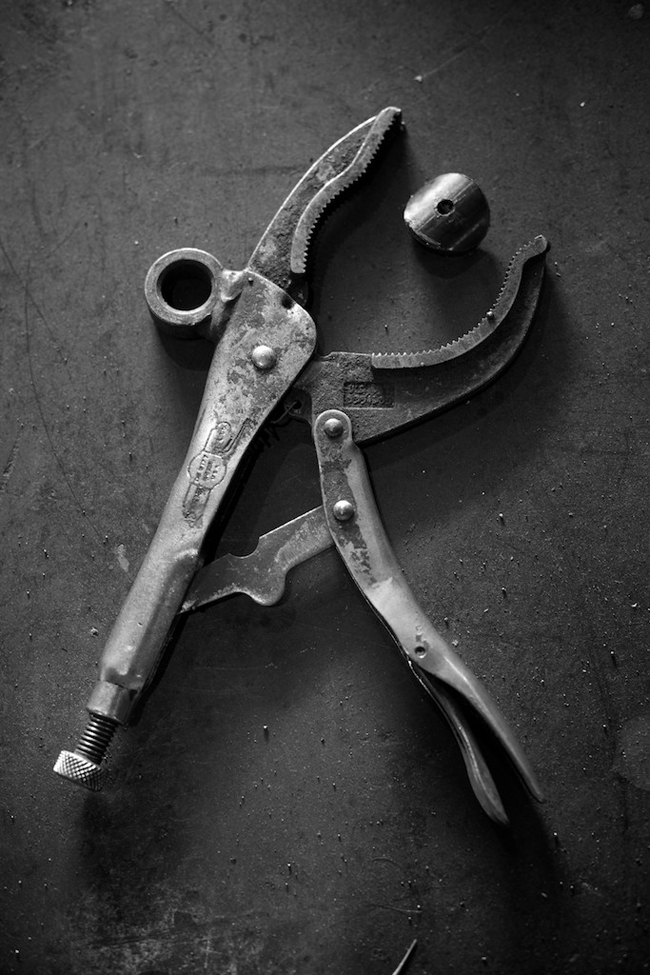
TID:
I've both read and heard you talk about your "recipe" of ingredients that you look for to convey a quality as an editor. Can you list them here and discuss how you try to implement them while shooting?
MIKE:
If you use color, light, moment, composition and distance from the subject effectively to convey that quality, then you’ll probably make an engaging photograph. Start by having an impression of what you’re photographing - it’s beautiful, it’s sad, it’s boring, etc. - and then use those 5 tools to convey the quality or qualities.
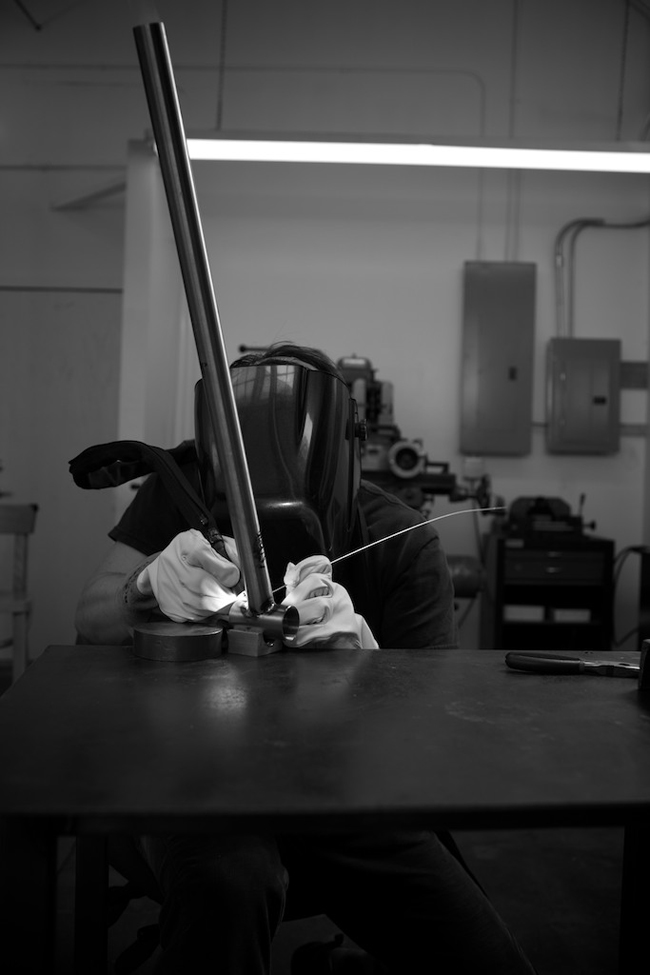
TID:
Has your experience as an editor changed the way you shoot?
MIKE:
Yes, but given that I’ve been an editor for 25 years, it’s hard to know whether I would have grown similarly if I had been a photographer all this time. The greatest advantage to being an editor is that I’ve seen several million photographs, made by many hundreds of photographers. Looking at others’ work creates a library in your mind that you can tap when making photographs. That’s why it’s critical for photographers to research who has made photos of subjects they’re photographing - not to duplicate, but to strive to go beyond what’s been done.
TID:
What were some problems or challenges you encountered during the coverage of this event, and how did you handle them?
MIKE:
Figuring out how to light Andy without making it look lit was one challenge, though not a huge one. The sun was going in and out from behind clouds, so I waited for a cloud to go by when he was at just the right angle, working on the bike frame. Less direct sunlight helped hold the leaves and detail of the tree. Every aspect of the photograph has some meaning. He's had an ongoing war with the plant under the tree, which spreads crazily. He was building a small BMX course on the right side of the frame, thus the shovel, bucket and hose.
TID:
You are known for having strong opinions and not being shy about expressing them - either on your blog or speaking at seminars - yet these images of builders at work in their environments are quiet and very open to interpretation. That surprised me. Were they purposefully made this way?
MIKE:
Yes. The photo reflects the person and subject, not me, per se. I can make in-your-face photos or sloppy ones or delicate ones, as it is appropriate to the subject matter.
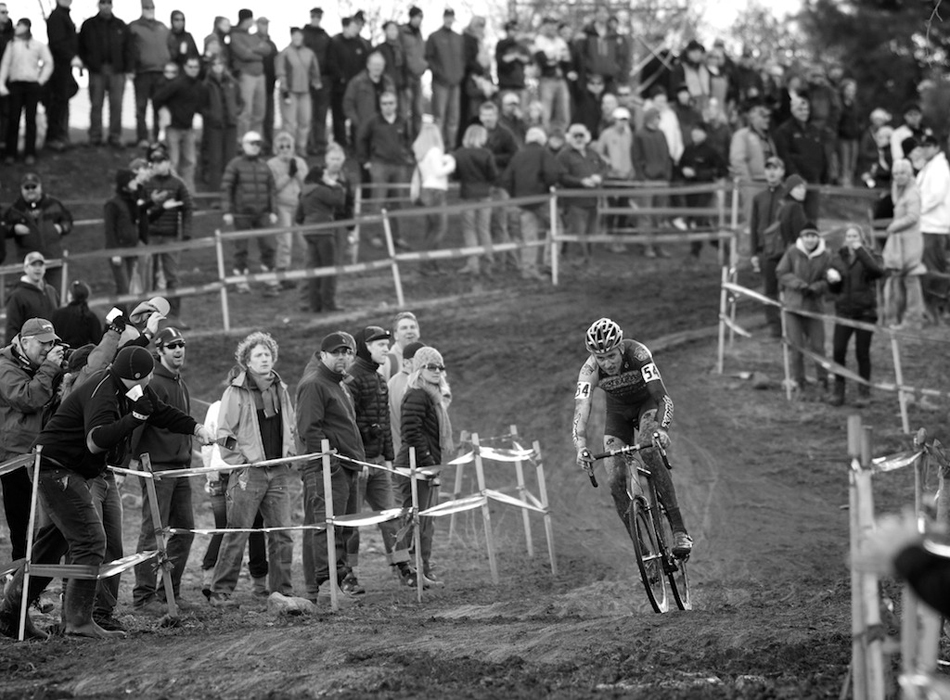
MIKE:
Here is a photo that has compositional approaches similar to the featured picture. Yet it conveys much different qualities, I think.
It’s worth noting two more things. Most photographers don’t make photos from this distance; they don’t consider distance to the subject as an equal aspect to the other four things I mentioned. In each of these settings, I got close as well. If you don’t get to minimum focusing distance and infinity with a subject, you probably haven’t fully explored.
It’s also worth noting that none of these photos is cropped. I almost never crop, and I’ve had agreements with photographers I’ve worked with to not crop photos, as long as they crop them in the camera.
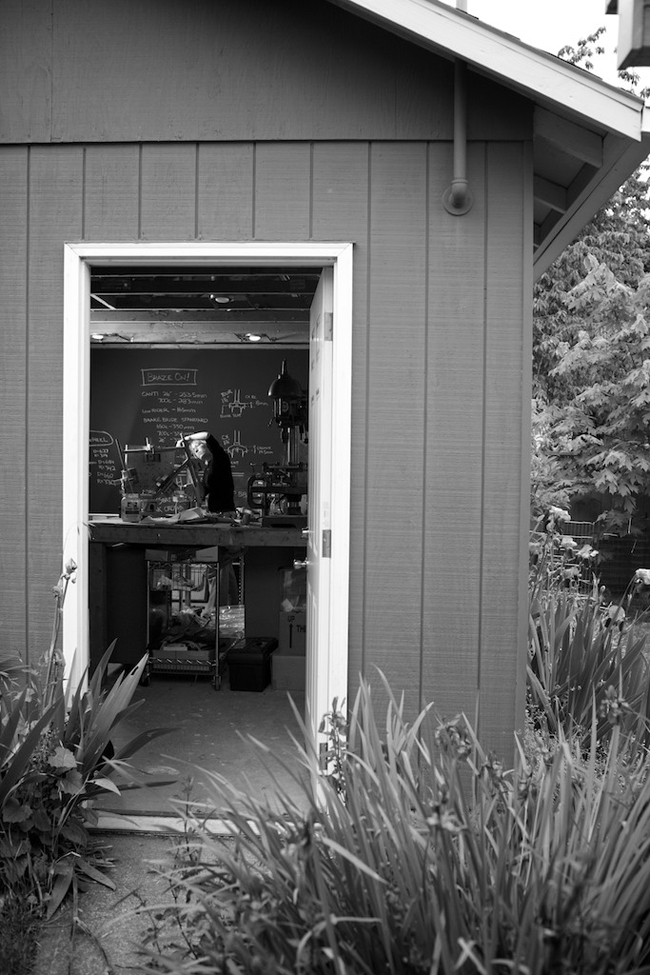
MIKE:
Too many photographers create a frame backwards, by focusing on the action layer without considering what’s in front of or behind that action/actor layer. So cropping will be inevitable. If instead you think of the whole scene as a stage that has to be well built - with an awareness of how the actor will play in the scene - then you can create whole frames where all elements work and there’s a feeling of three dimensions. This happens when you’ve considered the five things carefully.
Once the scene is composed, wait for the actor to act. Only you can make the scene’s composition work, but if you push the shutter release enough times, the camera will make a picture of the action layer by itself.
TID:
You talk about cropping as a crutch from taking more time to frame. How did you come to your own personal approach to carefully framing an image before you capture it, versus knowing you can crop later if the frame isn't perfect or clean?
MIKE:
My first classes in photography were in art departments and at a community college, the University of Alaska and the University of Nebraska-Lincoln. So the notion of creating complete compositions in the camera is one I learned from the beginning and have always practiced.
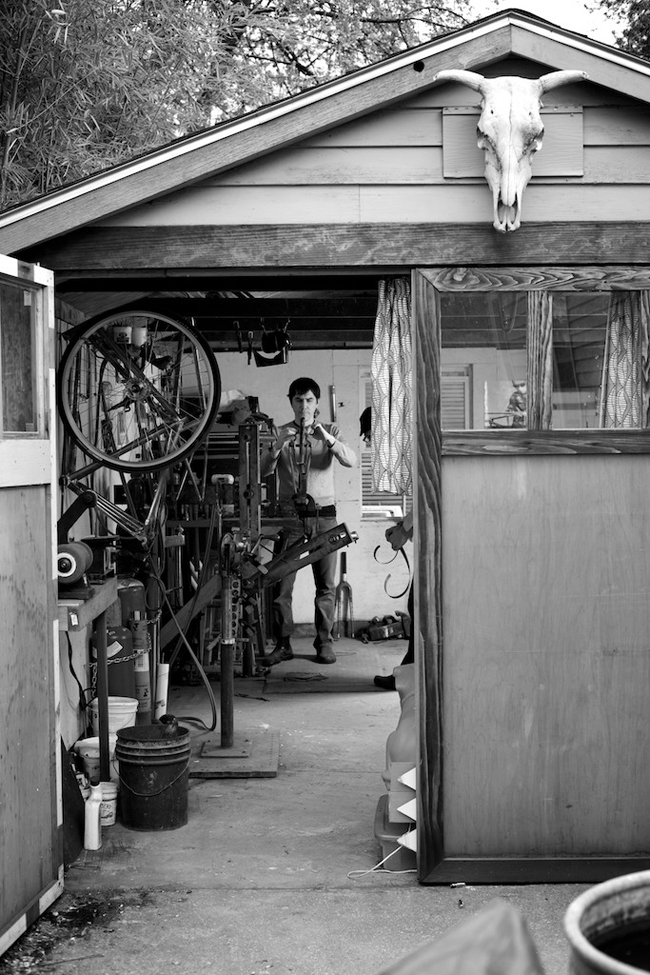
TID:
Was there anything that you learned or put to use in later assignments that came about from this project?
MIKE:
Photographing Sean reinforced that you first have to learn whatever you can about your subject and strive to make a photograph that conveys at least some of the essence of that person. I hope this photograph gives you a sense of this peaceful, kind, precise man.
TID:
Can you talk more about this? I remember on one blog you said something to the effect of, "If you have five minutes to make a picture, spend four of those minutes getting to know the subject, and one minute making the picture."
MIKE:
By the time I start photographing a bike builder, I’ve looked at their website, usually met them in another setting, heard people talk about them, seen their bikes, and spent a chunk of time talking to them while looking at their space. The decision of what kind of photograph - of what to include and exclude - is informed and is unique to each person. This works even though the structure of this essay was to make similar photos in each setting: ones that show the overall, their hands, work benches, tools and so on.
I spend most of my time working with photographers, helping them develop their work. So when I make pictures I do it not because I have to to make a living; I make pictures mostly for personal reasons. Making pictures allows me to get to know people I wouldn't otherwise. It lets me see if I can practice what I preach. It helps me grow. What a gift.
BIO:
Mike Davis is a photography consultant, picture editor and occasional photographer. He works with photographers around the world to elevate their photography. Mike has been a picture editor and visual leader at National Geographic magazine, The White House and several of America’s leading newspapers.
Mike has been Newspaper Picture Editor of the Year twice and received the National Press Photographers Association’s The Joseph A. Sprague Memorial Award. He and his staffs have received dozens of awards in Pictures of the Year International competition, including Best Use of Photography several times. He has three times edited the work of first and second place Newspaper Photographer of the Year and a Magazine/Freelance Photographer of the Year.
Mike has been a picture editor for more than 20 books.
Mike has taught at workshops including the Missouri Workshop, Mountain People’s workshop, Santa Fe Workshops, The Atlanta Photojournalism Seminar, New Zeal and Photofest and Somos Foto in Ecuador and The Dominican Republic, twice has been a roving reviewer during Photolucida and has lectured at a range of universities. He has judged POYi several times, as well as many other photojournalism contests and been a jury member of the W. Eugene Smith grant, The RFK Journalism Awards, The Nikon Sabbatical and others. He holds a masters degree in visual journalism from the University of Missouri School of Journalism and a bachelor’s degree in journalism and Spanish from the University of Nebraska-Lincoln.
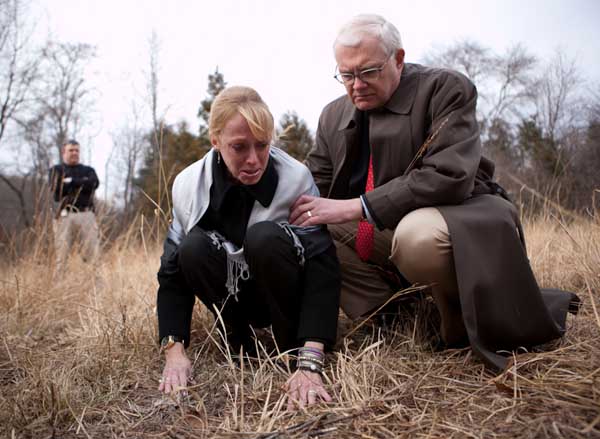
If you have any suggestions or if you want to interview someone for the blog, contact Ross Taylor or Logan Mock-Bunting.